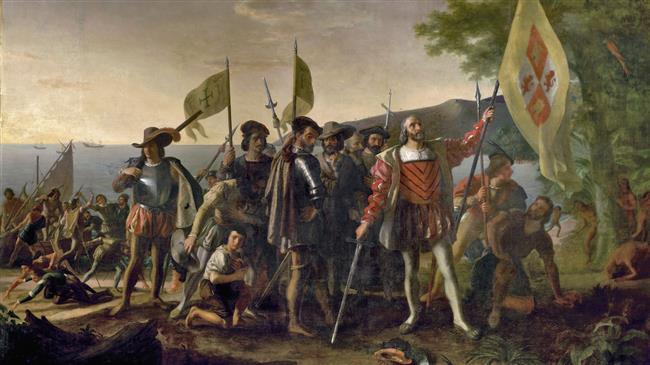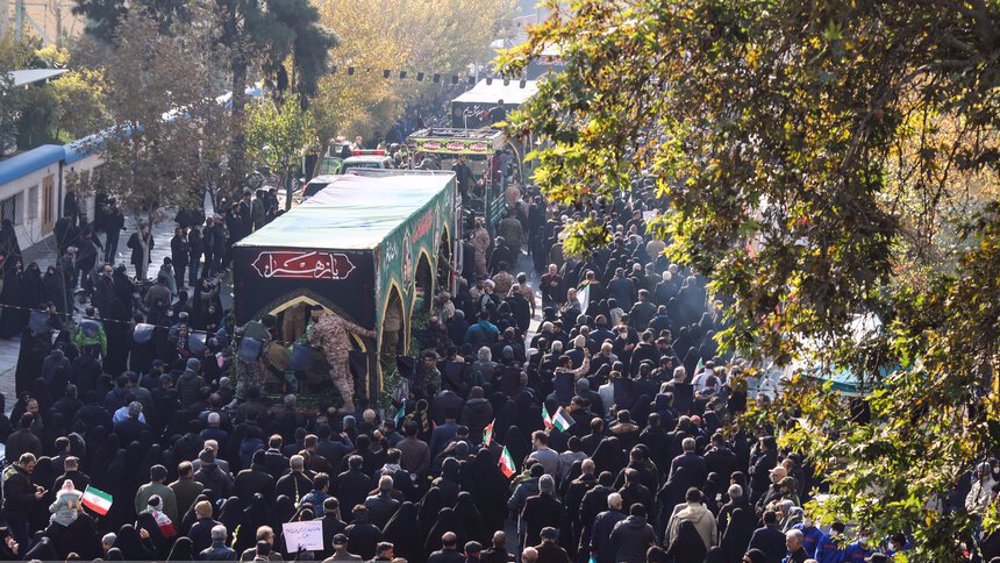European colonization’s mass genocide in Americas triggered climate change: Study
Directly or indirectly killing more than 55 million indigenous people during the European colonization of the Americas caused the Earth’s temperature to decrease, triggering a global climate change, British scientists suggest.
From 1492, when Christopher Columbus first set foot on the Bahamas, to 1600, European colonists killed an estimated 56 million native inhabitants of the Americas either through direct warfare and societal collapse or by the imported diseases, such as smallpox and measles, which the indigenous people were highly susceptible to, said a study conducted by a team of scientists from the University College London (UCL).
“The great dying of the indigenous peoples of the Americas resulted in a human-driven global impact on the Earth system in the two centuries prior to the Industrial Revolution,” said the study, whose title is “Earth system impacts of the European arrival and Great Dying in the Americas after 1492.”
The study, whose findings were published in the Quaternary Science Reviews, added that wiping out up to 90 percent of the native population of the newly-found continent meant that around 56 million hectares, an area roughly equivalent to France, of the land used by the victims fell into disuse and consequently became vacant and was reclaimed by carbon dioxide-absorbing vegetation.
The amount of CO2 being sucked out by the plants was so enormous that it reduced the average global temperature by 0.15 centigrade in the late 1500s and early 1600s, the team said.
“There is a marked cooling around that time (1500s-1600s) which is called the Little Ice Age, and what’s interesting is that we can see natural processes giving a little bit of cooling,” said co-author Professor Mark Maslin.
“But actually to get the full cooling – double the natural processes – you have to have this genocide-generated drop in CO2,” he added.
During the Little Ice Age, the rivers across Europe, including the River Thames in London, would regularly freeze over, snowstorms were common in Portugal and disrupted agriculture triggered famines in a number of European countries, the study further said.
Air bubbles trapped in the layers of ice accumulated in the polar region helped researchers to detect a drop in concentration of atmospheric CO2 around the studied period.
VIDEO | Press TV's news headlines
Iran says Christmas opportunity to remind ourselves of Jesus Christ call for 'justice, peace'
VIDEO | Eyewitness video shows moment of plane crash in Kazakhstan
VIDEO | Lebanese Christians celebrate Christmas over ruins
Iran FM: ‘Too early’ to predict Syria’s future for those thinking ‘victories’ achieved
The big role of steel industry in Iran’s development
Yemen fires second hypersonic missile at Israeli targets in as many days
UK suspends 6,500 Syrian asylum claims after Assad's fall










 This makes it easy to access the Press TV website
This makes it easy to access the Press TV website